
Hildred W & Roman C Schumm, Zion Lutheran Cemetery, Van Wert County, Ohio. (2012 photo by Karen)
This is the tombstone of Hildred and Roman Schumm, located in row 10 of Zion Lutheran Cemetery, Schumm, Van Wert County, Ohio. The marker is inscribed:
SCHUMM
Aunt
Hildred W.
1916-2004
Uncle
Roman C.
1924-1988
Hildred and Roma were two of three siblings born to Oscar Albert (1890-1984) and Hilda Marie (Schumm) (1883-1974) Schumm.
“Hildred” Wilhelmine Maria Schumm was born 27 August 1916 near Schumm. She was baptized at Zion Lutheran Schumm by Rev. George Meyer on 10 September 1916, with Mrs. Maria Schumm and Salome Schumm serving as her sponsors.
The Oscar Schumm family in 1920: Oscar Schumm, 29; Hilda Schumm, 36, wife; and Hildred, 3, daughter. Oscar was a farmer. [1]
“Roman” Curtis Schumm was born 12 May 1924 near Schumm, Ohio. He was baptized at Zion Schumm by Rev. R.O. Bienert on 25 May 1924, with Arnold L. Schumm and Otto G. Schumm serving as his sponsors.
The Oscar Schumm family in 1930: Oscar, 39; Hilda, 46, wife; Hildred, 13, daughter; Harold, 8, son; Roman, 5, son; and Maria Schumm, 74. Maria Schumm was Oscar’s widowed mother, Maria (Heffner) Schumm. [2]
The Oscar Schumm family in 1940: Oscar, 43, farmer; Hilda, 56; Hildred, 23 [no occupation given]; Harold, 18, farm labor; and Roman, 15. [3]
Roman Schumm served in the U.S. Army during WWII, enlisting as a private 12 June 1945. [4] His draft card indicates that his employer was Archie Hileman. [5]
The Oscar Schumm family in 1950: Oscar A Schumm, 59, head, laborer; Hilda M, 66, wife: Hildred M, 33, daughter, [no occupation given]; Harold P, 28, son, laborer; and Roman B, 25, son, laborer. [6]
Their mother Hilda (Schumm) Schumm died 28 September 1974 and their father Oscar Schumm died 2 February 1984.
Roman Schumm died 11 January 1988 in Van Wert, aged 63. He was buried on the 14th.
Roman’s obituary:
Roman C. Schumm, 63, route 1, Willshire, O., died at 3:57 p.m. Monday in Van Wert County Hospital, Van Wert, O., of an apparent heart attack.
He was a farmer and a World War II veteran. Survivors include a sister, Hildred Schumm, route 1, Willshire. He was a member of the Zion Lutheran Church, Schumm, and the American Legion in Willshire.
Services will be held at 1 p.m. Thursday in Zion Lutheran Church, Schumm, O. Friends may call from 2-9 p.m. Wednesday at Ketcham-Ripley Funeral Home, Rockford, and one hour prior to services at the church Thursday. Burial will be in the church cemetery. Memorials are to the church or Wren EMS. [7]
Hildred Schumm died at Shane Hill Nursing Home, Rockford, on 12 May 2004, at age 87. She was buried on the 15th.
Hildred’s obituary:
Hildred W. Schumm, 87, of Rockford, Ohio, passed away Wednesday, May 12, 2004 at the Laurels of Shane Hill Nursing Center. She was born in Van Wert County August 27, 1916 to Oscar A. Schumm and Hilda M. Schumm.
Hildred worked for the General Electric Company in Decatur, Indiana. She was a member of the Zion Lutheran Church in Schumm, Ohio and a member of the Ladies Aid.
She is survived by 2 nephews, Jim Schumm (Karen), Rockford, OH, John Schumm, Rockford, OH, 1 niece, Kay Schumm, Rockford, OH; 2 great-nephews, Michael Schumm and David Schumm; 1 great niece, Jennifer Schumm; and several cousins.
She was preceded in death by her 2 brothers, Roman Schumm and Harold Schumm. Visitation for Ms. Schumm is 4-7pm (Ohio Time/E.S.T.) Friday, May 14, 2004 at Haggard & Sefton Funeral Home, Decatur, IN. Funeral Service is 11:00 am (Ohio Time/E.S.T.) Saturday, May 15, 2004 at Haggard & Sefton Funeral Home with Pastor Robert Becker officiating. Burial is at the Zion Lutheran Cemetery, Schumm, Ohio. All memorials will be donated to the Zion Lutheran Church, Schumm, Ohio. [8]
Hildred and Roman had a brother:
Harold P Schumm (1921-1988), married Leahline Pearl Case
[1] 1920 U.S. Census, Willshire, Van Wert, Ohio, ED 146, p.3B, dwelling 59, family 60, Oscar A Schumm; digital image, Ancestry.com, viewed 1 Nov 2020.
[2] 1930 U.S. Census, Willshire, Van Wert, Ohio, ED 24, p.2B, dwelling 42, family 43, Oscar Schumm; digital image, Ancestry.com, viewed 1 Nov 2020.
[3] 1940 U.S. Census, Willshire, Ohio, ED 81-28, p.4B, house visited 81, Oscar Schumm; digital image, Ancestry.com, viewed 25 Oct 2020.
[4] U.S., WWII Army Enlistment Records, 1938-1946, Record Group 64, Box 15633, reel 387, Roman Schumm; Ancestry.com, viewed 3 Oct 2022.
[5] Draft Registration Cards for Ohio, 10/16/1940-03/31/1947, Records of the Selective Service System 147, box 1287, Roman Curtis Schumm; Ancestry.com, viewed 3 Oct 2022.
[6] 1950 U.S. Census, Willshire, Van Wert, Ohio, ED 81-40, p.16, dwelling 232, Oscar A Schumm; digital image, Ancestry.com, viewed 3 Oct 2022.
[7] Roman C. Schumm obituary, Decatur Daily Democrat, Adams Co, Ind, 12 January 1988; Find a Grave.com, Roman C. Schumm memorial no. 34047245.
[8] Hildred Schumm obituary, Tributearchive.com, viewed 3 Oct 2022.


















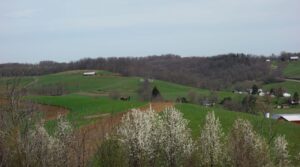

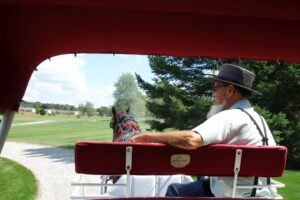




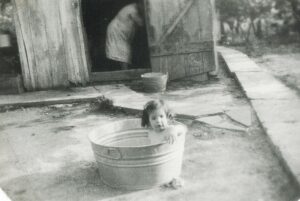

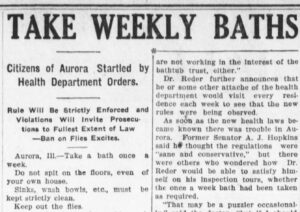
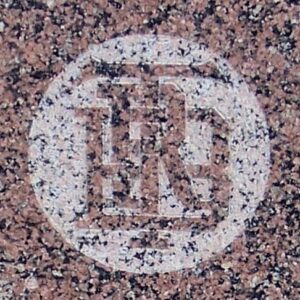
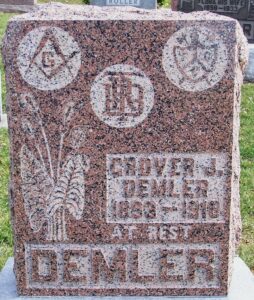

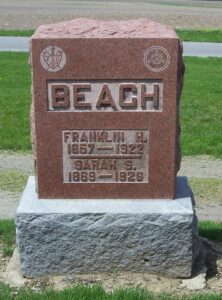
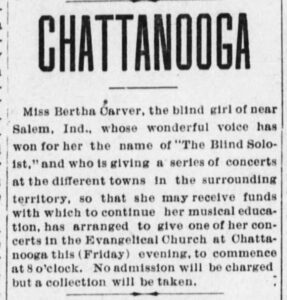
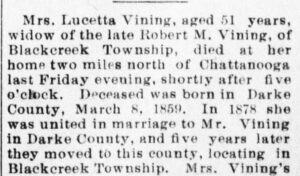
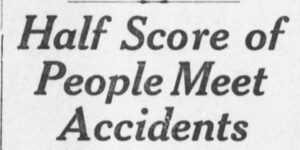





You are welcome!
You're welcome, Karen. I'm still working on this also. Thank you so much for all of your wonderful Mercer County…
Very interesting and great picture (I had neersee before) of the church! Thanks for sharing this, Karen.
Ha! I see why you say that. Your original surname was probably something similar to Schmitt.
Thank you for letting me know.